There was no real strategy behind my first efforts to re-native our yard in the fall of 2022. I had a nebulous idea that native plants = more birds, and logic told me native species would be more beneficial to the local ecosystem in general than the non-natives (of largely Japanese provenance) that dominated the property.
That wasn’t much to act upon, but I was intrigued by what I’d read about native plants in my birding magazines, and I was eager to see flowering and fruiting natives in action at home. In my mind I saw a yard transformed from monoculture desert to verdant oasis, bursting with berries and crawling with caterpillars. There was a water feature too, along with the usual mix of feeders. All the things that birds love. There was a merry little garden gnome too, obviously more for us, but in every other way our yard was going to be the place for birds to gather in suburban Pittsburgh.
I was ready. I also had no idea how to begin. My knowledge of native plants was nonexistent, and I wasn’t exactly working with a blank canvas. We have trees. They’re big, and there’s lots of them, husky giants looming over the neighborhood, greedily quaffing whatever sunlight a typical Pittsburgh day has to offer. Bottom line—our yard is pretty dark. Aware of the potential limitations this presented, I solicited some help from our local Audubon reserve/native plant store, inquiring what species might do all right in a shady yard with, from what I could tell, not particularly rich soil and a lackadaisical caretaker.
I came away with three small nannyberry plants and one each of anise hyssop, big bluestem, and spicebush. I’d never heard of any of them, but I stuck them in the ground, congratulated myself on a job well done, and blithely got on with my life.
Those poor plants deserved better. All that remain of that batch are a single nannyberry and the spicebush, which seem eager enough to survive but have yet to flourish. My negligent stewardship aside, it appeared that even fairly hardy, shade-resistant plants were doomed to languish in our yard, at best. That was okay. I was ready to embrace defeat and be happy with what we had.
Then one morning last fall, fate, or rather the local governing body, took a hand. I awoke to find several unfamiliar people loitering in our back yard, which might have been alarming had they not been attired in matching neon vests that lent them an air of officiality. I approached them, was introduced to the assistant township manager, and learned that the sewer that ran between our house and our neighbor’s had been failing for decades and was finally being replaced. That would come at no cost to us, except in foliage. Every tree and shrub in the vicinity of the sewer line had to go.
Things unfolded quickly once work began. Several 100-year-old oaks were quickly felled. A couple of spindly, smaller trees too. The hedgerow serving as a fence between neighboring yards was wiped out. The replacement line was installed, grass was planted, and that was that.
I want to take a moment here to say a little lament for the fallen oaks. Seeing a tree that took so many decades to grow reduced to sawdust in a couple of hours is a sobering experience, sort of like watching a public execution. We hadn’t lived here much more than a year, but we were attached to the trees, and the loss of them brought a funereal mood to our corner of the neighborhood.
However, there was a silver lining to be found in the ruin. Suddenly we had a sunny spot, one side of the yard that got a good, hours-long soaking of sunlight. My native ambitions, like some desiccated house plant, were revived. On my birthday, my wife Alex and I ventured back to the Audubon reserve, bought three each of cutleaf coneflower, wild bergamot, and New England aster. This time I took a bit more care. I dug each plant a deep hole, added plenty of nutrient-rich earth, and…blithely got on with my life.
I am not a gifted gardener. I have no preternatural connection to the things that grow in our yard. Over the years I’ve managed to cultivate tomatoes and herbs with varying degrees of success, but I’m also adept at killing. Not quite the John Wick of the gardening world, I do have a history of forgetting to water or weed until it’s too late. I put those flowering perennials in the ground last fall and fertilized them with little more than a hope they would pop up again in the spring.
And, lo!, they did. These plants were game, but I could see they were in trouble. The grass, also taking advantage of this new surfeit of light, began to encroach and crowd the natives. I don’t know why something clicked in this moment, but I was determined to not only save these beautiful survivors, but also create a haven in which native plants could thrive. I smothered the surrounding grass and built up a proper garden bed.
Next I added three ollas, which would keep the garden watered during our summer travels and provide a trio of birdbaths the American Robins and Chipping Sparrows seem to favor. This was no longer a slapdash attempt to grow natives, it was a project—I was going to have garden that attracted the bugs that attract birds.
What’s more, using the PictureThis app, which does a pretty damned good job with plant ID, I set out to find native plants around the yard and in the woods and test them in my little experimental plot.
I don’t like lawns, and I don’t like mowing. Lucky for me, our grass grows slowly, and much of our yard is moss. I’ve mowed maybe six times in the two years we’ve lived here, and now my garden project has given me a further incentive to leave the mower in the garage.
Because something magical happens when you don’t mow the grass. Plants pop up! All kinds of plants, native and non-native. It’s like they’ve waited underground for their chance, a stretch of time when angry whirling blades aren’t threatening to decapitate them. I realize in a world of rental living and HOAs, it isn’t always an option, but if you’ve never tried not mowing, I highly recommend it. Even if you just leave a small patch unmowed, you might just be amazed at what appears in your yard.
The first natives to catch my eye were spotted St. John’s wort and Indian tobacco (AKA pukeweed, for how one apparently feels after smoking it). I felt a bit conflicted uprooting plants that seemed perfectly content where they were, but both took the move well and flowered early, splashing the garden with little purple and yellow blossoms. Pollinators showed up immediately, tiny bee species I couldn’t identify. Some were black. Some green. Time to invest in a field guide for insects. More field guides are always welcome.
Boy did those bees light my fire! Over a feverish couple of weeks, birding became an afterthought as I combed our property for more transplants. Self-heal was abundant. White wood aster appeared in the front yard seemingly overnight. I found fleabanes—Philadelphia, which never bloomed, and daisy, blooming when I found it in June, and blooming still today.
In the woods I found red elderberry and hillside blueberry. Pokeweed, wild geranium, tall tickseed. Some I transplanted. Some I left. The garden was growing. Soon there were over 20 species. I needed a map to keep track of it all.
The Audubon store seems to have become a birthday tradition for me. This year we added bird favorites serviceberry and black chokeberry. Hoping to reconstruct the “fence” between yards, I procured three more nannyberry plants and I moved our struggling one into the light. For kicks, we’re giving pawpaw a try too.
After our latest batch was planted and the boys got home from school, my family surprised me with a new friend. He’s a vintage gnome who enjoys napping between the olla and the pokeweed and whose languid manner reminds me a bit of me.
Now that we’re into November, I’ve put the brakes on new plantings. I have no idea which of these plants will thrive in our yard, if any, but one species I know I can count on. Calico aster, the GOAT, our MVP. I found several calico aster volunteers in the front yard in July. I moved one to the garden. For weeks it sat there, seemingly idle, hundreds of buds ready to open but refusing to, no matter how I coaxed them with love and water and words of encouragement. Finally, it exploded in September—gorgeous white flowers with purple and yellow centers. At one point it got so laden with bumblebees it began to sag.
More than any other, this plant has given me hope that my vision for a buggy, birdy yard can become a reality.
It may happen sooner than later. A few days after that aster blossomed, I was sitting on the front porch with a cup of coffee, noticing how thick the air was with pollinators. Bees of all kinds were zipping back and forth, gathering pollen from the aster and carrying it off to wherever their hives were hidden. It’s working, I cackled internally, or possibly out loud. I didn’t care. Let the neighbors hear. Nothing could stop me now.
Except setbacks, of course. Aside from a few plants that didn’t survive being transplanted (RIP arrowwood viburnum and whorled yellow loosestrife), the deer began treating the garden like their own personal buffet. Though they seemed to have a particular taste for pokeweed and elderberry, picky they were not. The New England aster wasn’t safe. They also chewed the coneflower down to nubs early in the summer, and while all three rebounded to some degree, only one managed to produce its yellow blossoms. The deer sampled almost everything I added, and I’ve discovered that the term “deer resistant” is only applicable up to the moment the deer decide to take a bite.
A generous application of Deer Out has deterred them for now, but I know I’ll have to take more precautions next spring.
That seems a long way off. Plenty of fall remains, and then there’s a whole winter to get through. Our little garden will be going to sleep soon. Spring will no doubt bring many delights and a few heartbreaks. Maybe I’ll use the intervening time to educate myself on plants native to western PA. I’ve also started a compost heap. That will help nourish our garden in the long run, and in the meantime it’s been gifting us the most delicious green onions you’ve ever tasted.
Yes, there’s magic in our yards. I’m just beginning discover it.
Emergency Rescue
This morning in our valley I found an injured Red-bellied Woodpecker near the railroad tracks.
I don’t know what brought her to this state (cat? hawk?) but her tail feathers were disturbingly crooked. Only when I attempted to capture her did she make any attempt to fly. She was unable to perch, however, and after bouncing off a tree trunk, she shimmied down to the edge of the creek and tried to conceal herself amid the brambles growing there.
That made collecting her a lot more challenging than it needed to be, but finally I was able to secure her in a box and transport her to the nearest animal rescue facility, which I hope can rehab her back to health, or at least give her a peaceful, painless end.
Featured Photo - Belted Kingfisher
I always seem to have a Holly or three in my life. The Holly who was my coworker in Indiana a hundred years ago once ridiculed me for my interest in birding. Recently, she named the Belted Kingfisher as one of her favorite birds. Delicious irony. Also, good choice, doofus. This kingfisher is dedicated to you.
10/10 Recommends
Beechwood Farms Nature Reserve
Bless the people dedicated to conservation and preserving wildlife habitats. Many of them work and volunteer at Beechwood Farms, a 131-acre property that provides us with native plants and is one of the more spectacular fall migration hotspots in western PA. I’m counting on Beechwood to host my first Connecticut Warbler sighting someday, and it has provided several of the biggest warbler days of my life. Given the outright contempt humans often show for the natural world, protected places like Beechwood seem more important than ever in providing sanctuaries for wildlife 🌱 🐦⬛ 🌿
That’s all for this week. Are native plants part of your home life? If so, I’d love to hear from you. What are your tips and tricks, especially when it comes to gardening in heavy shade.
Until next time, bird your ass off!
nwb




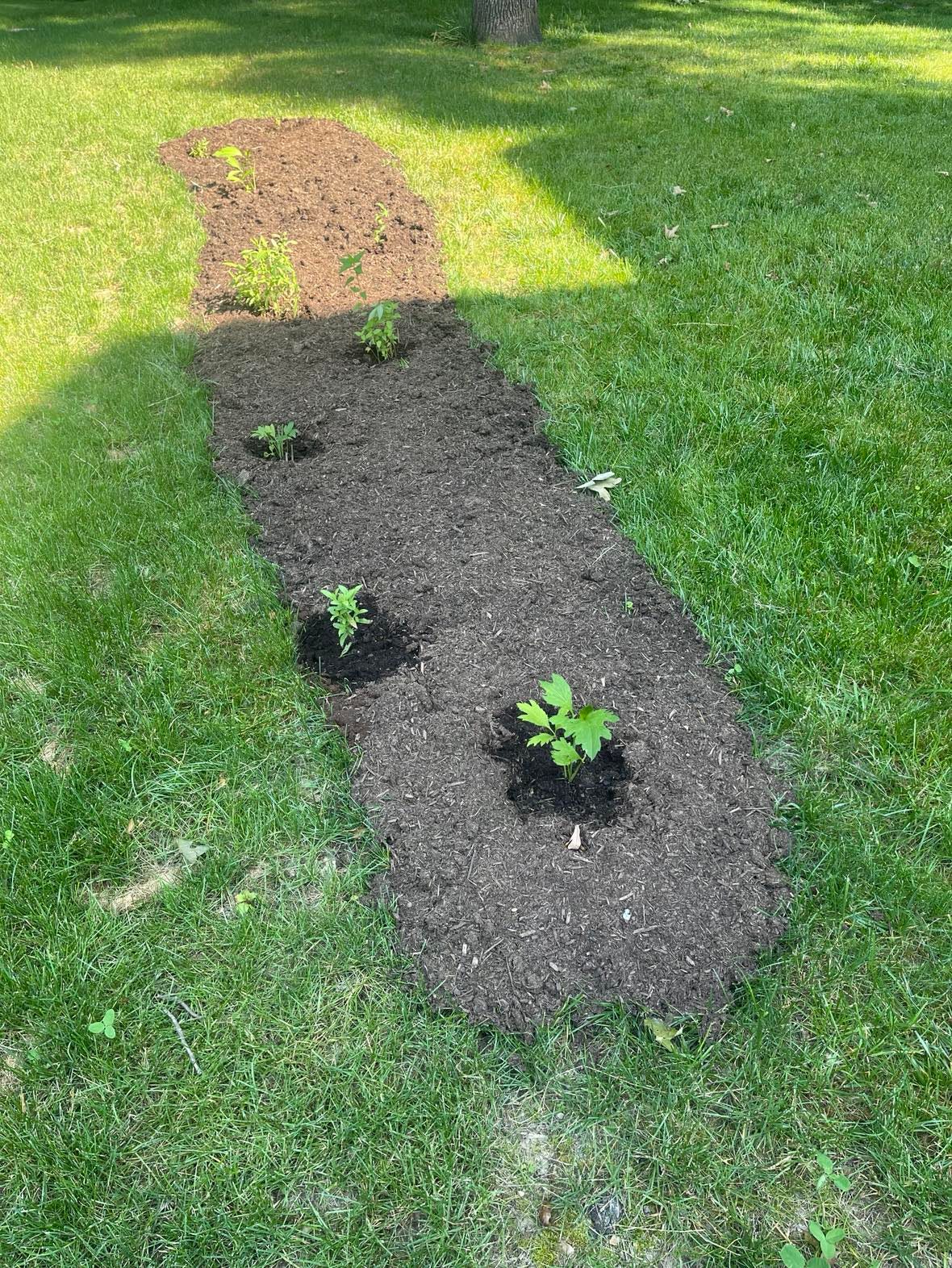
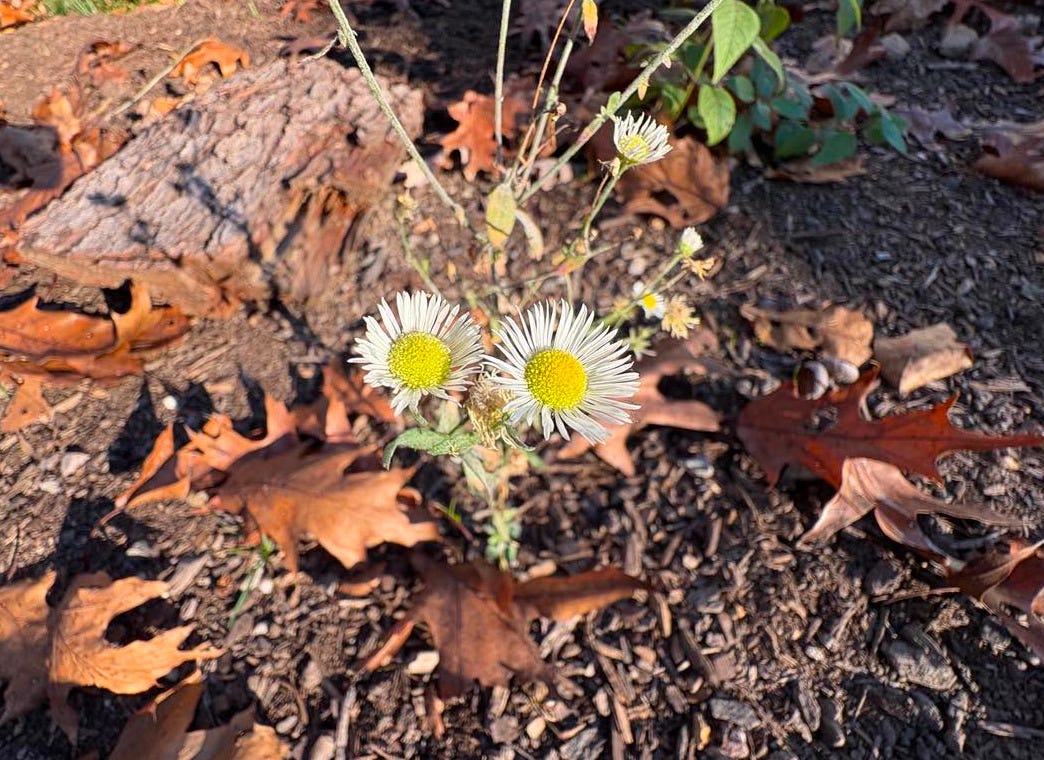
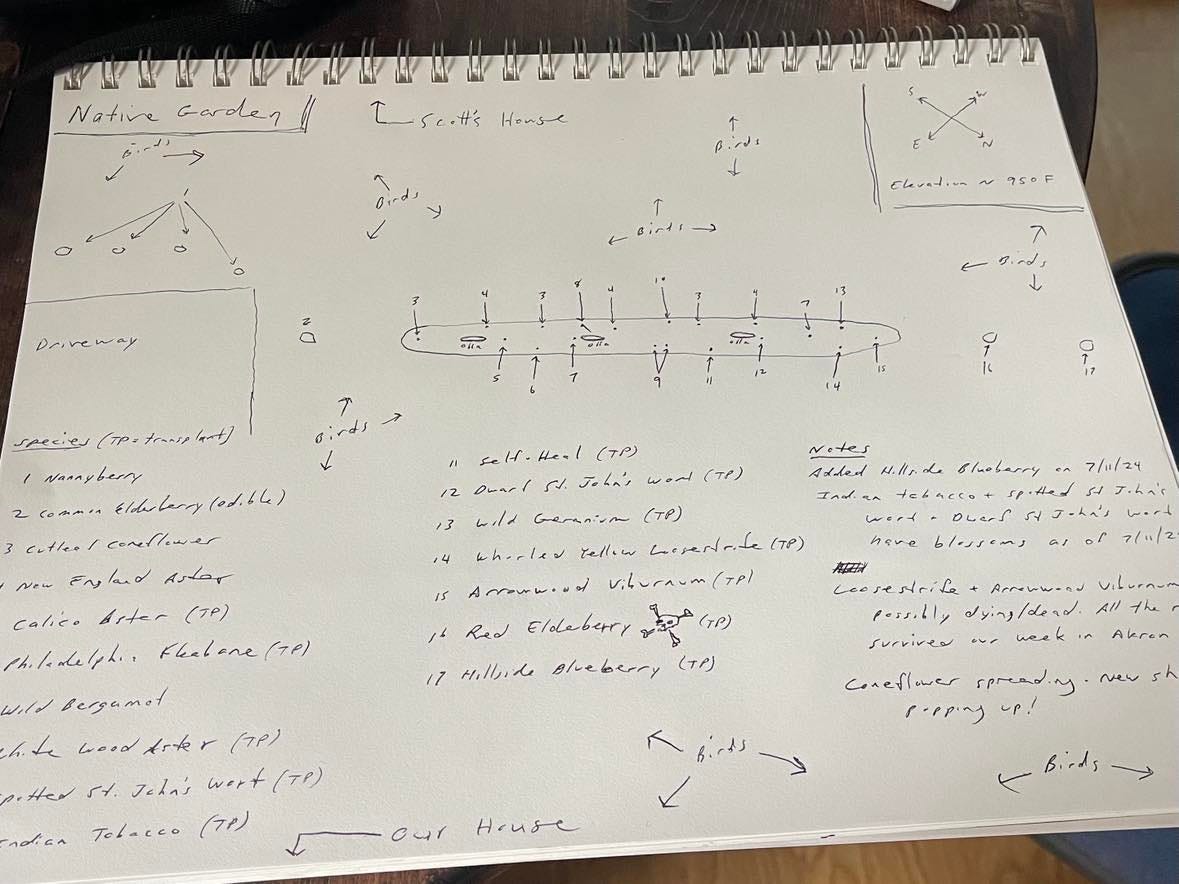
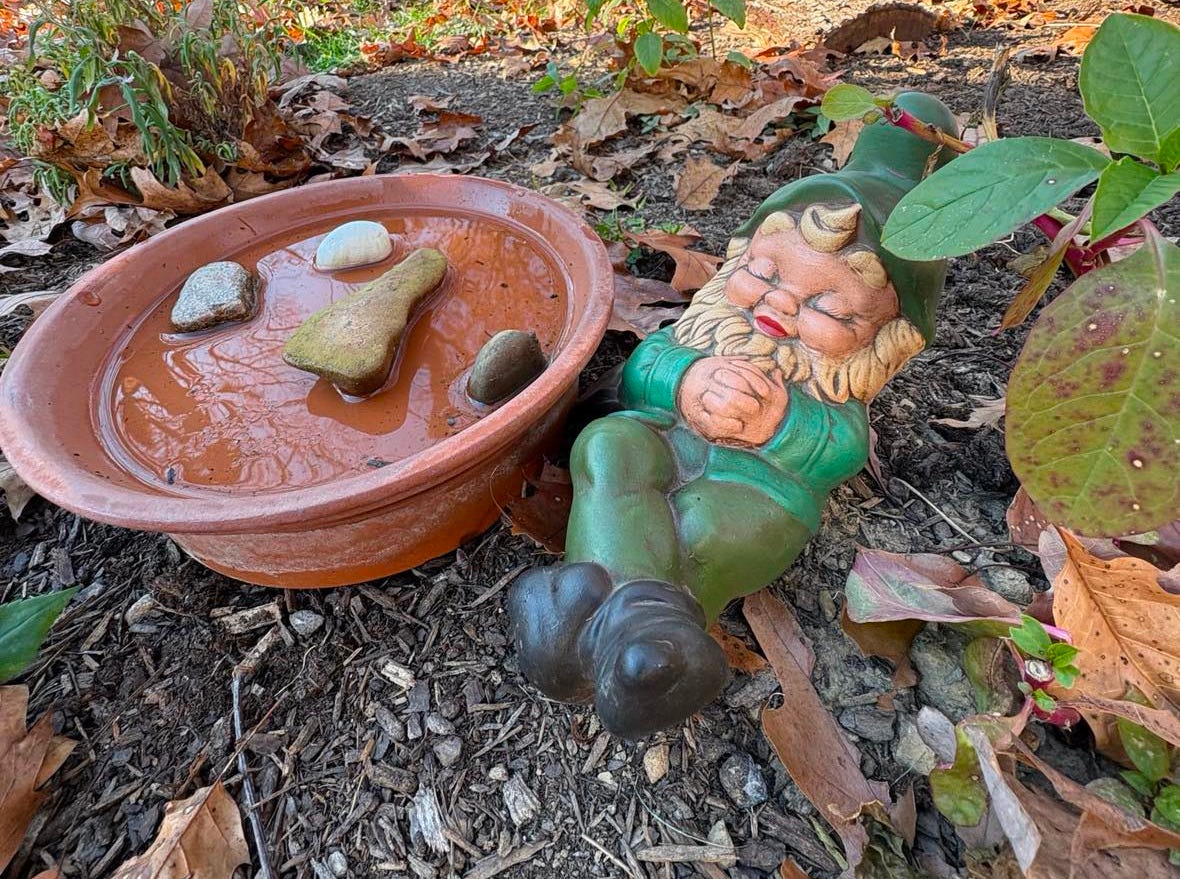
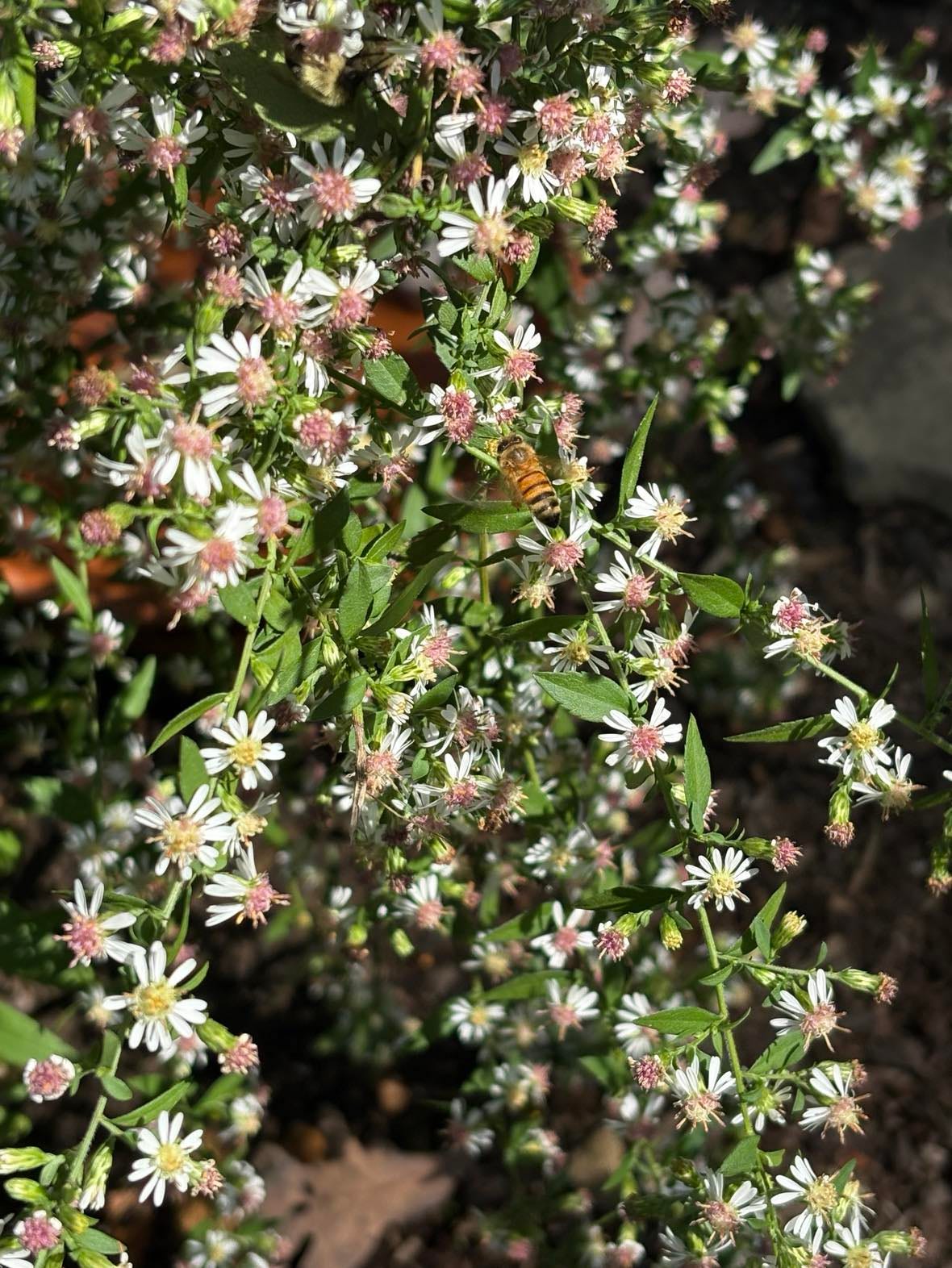

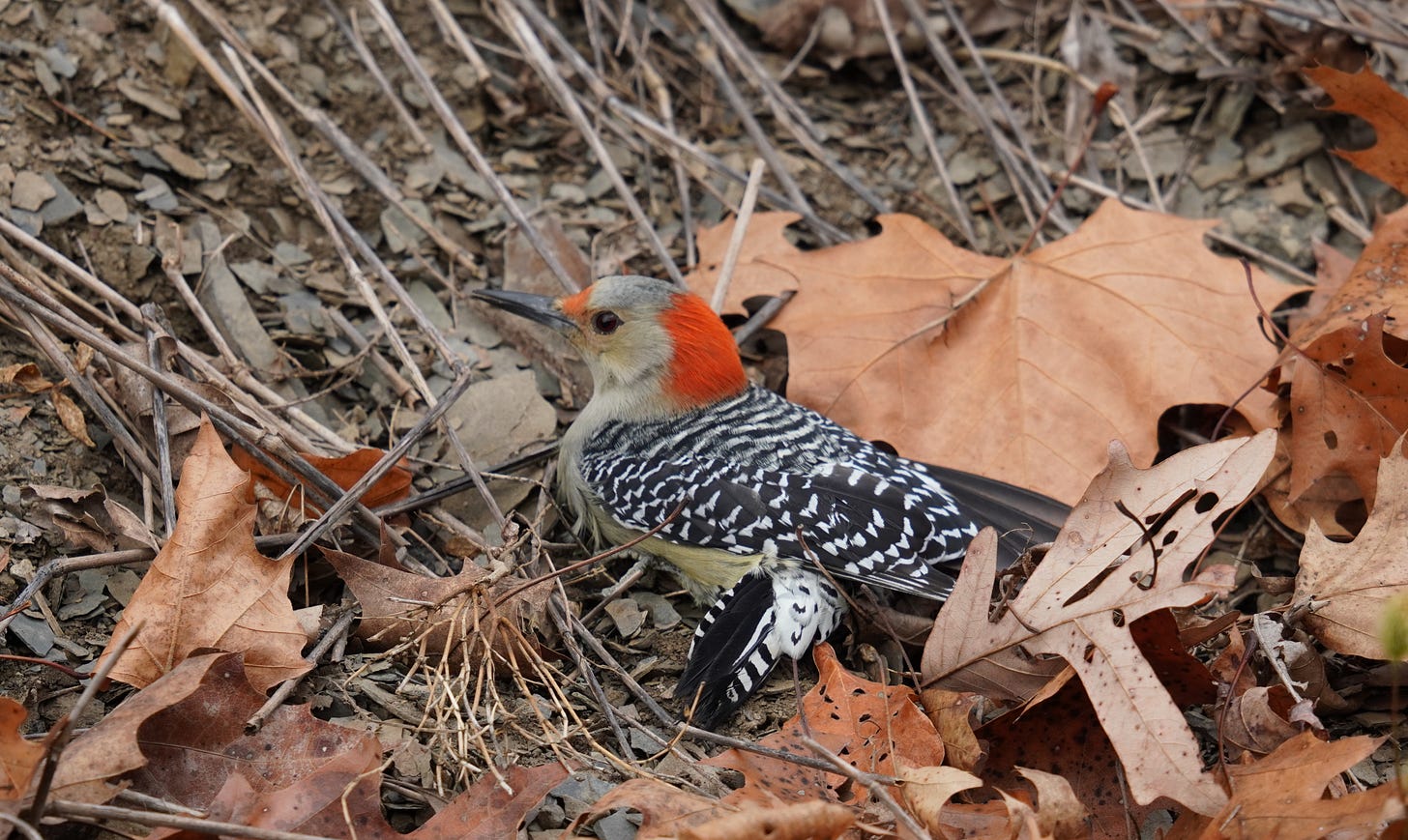
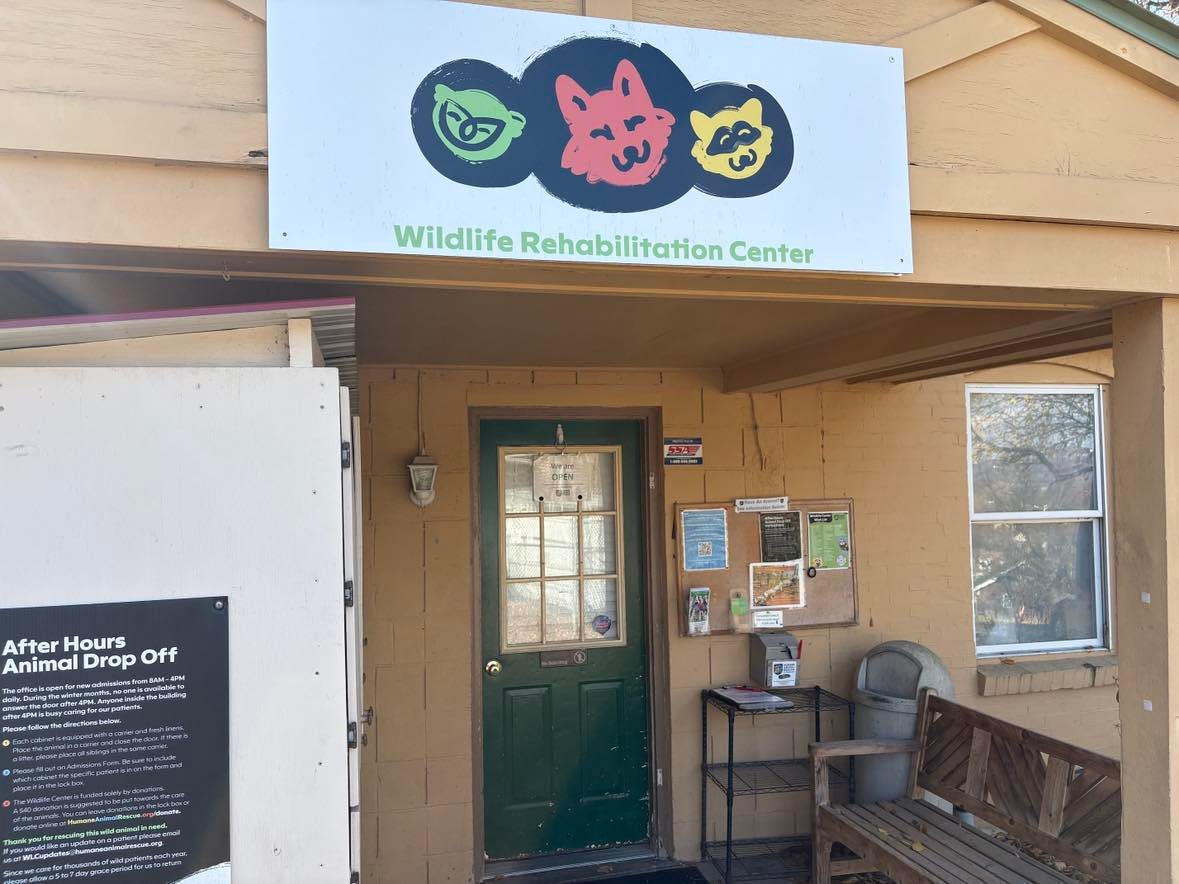
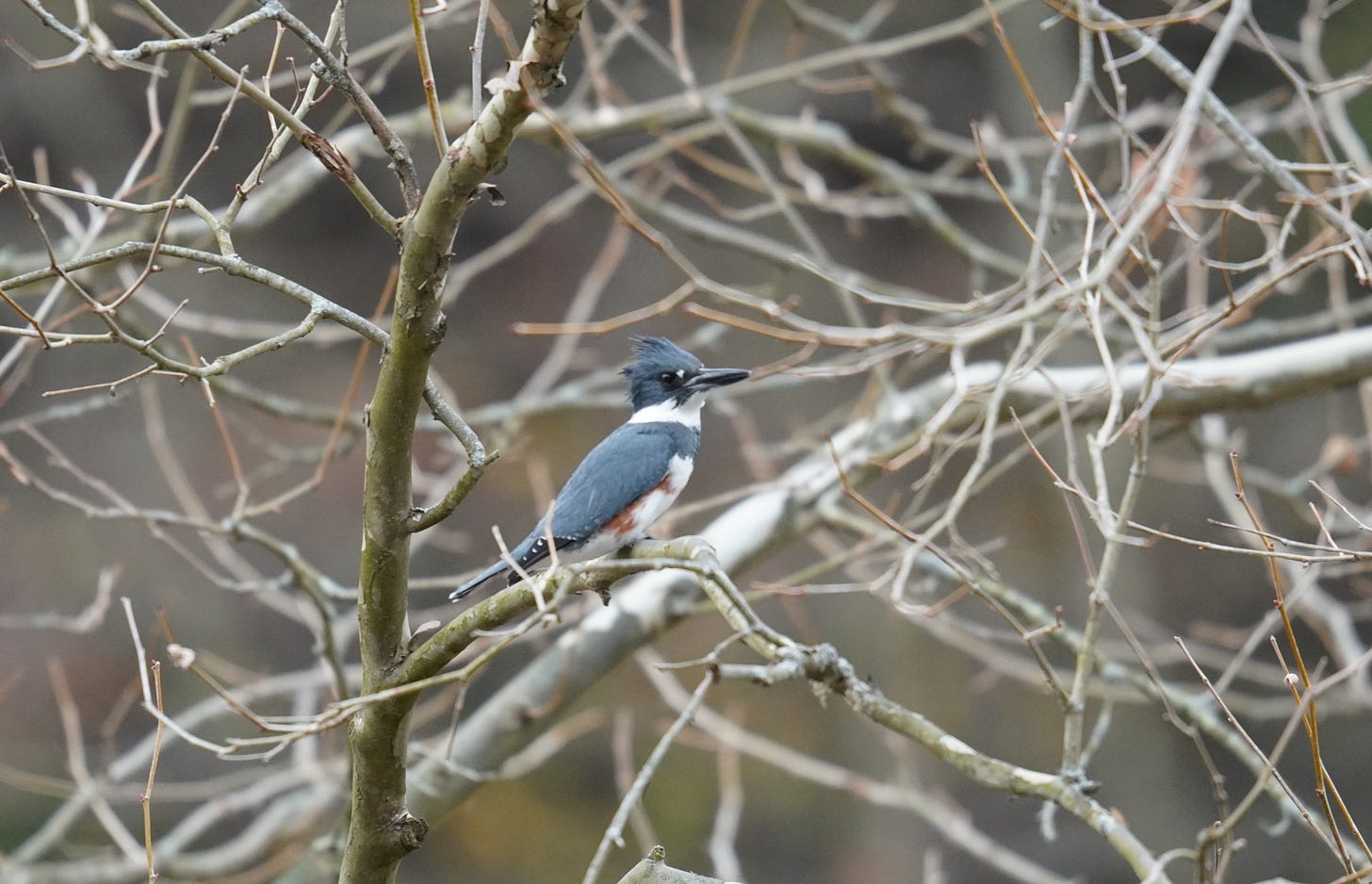
I'm so grateful to you for making this magical garden in our yard. I like to look at it when I do yoga, and I like to meditate next to it. I am not a bee, but it does nourish me in its own way!